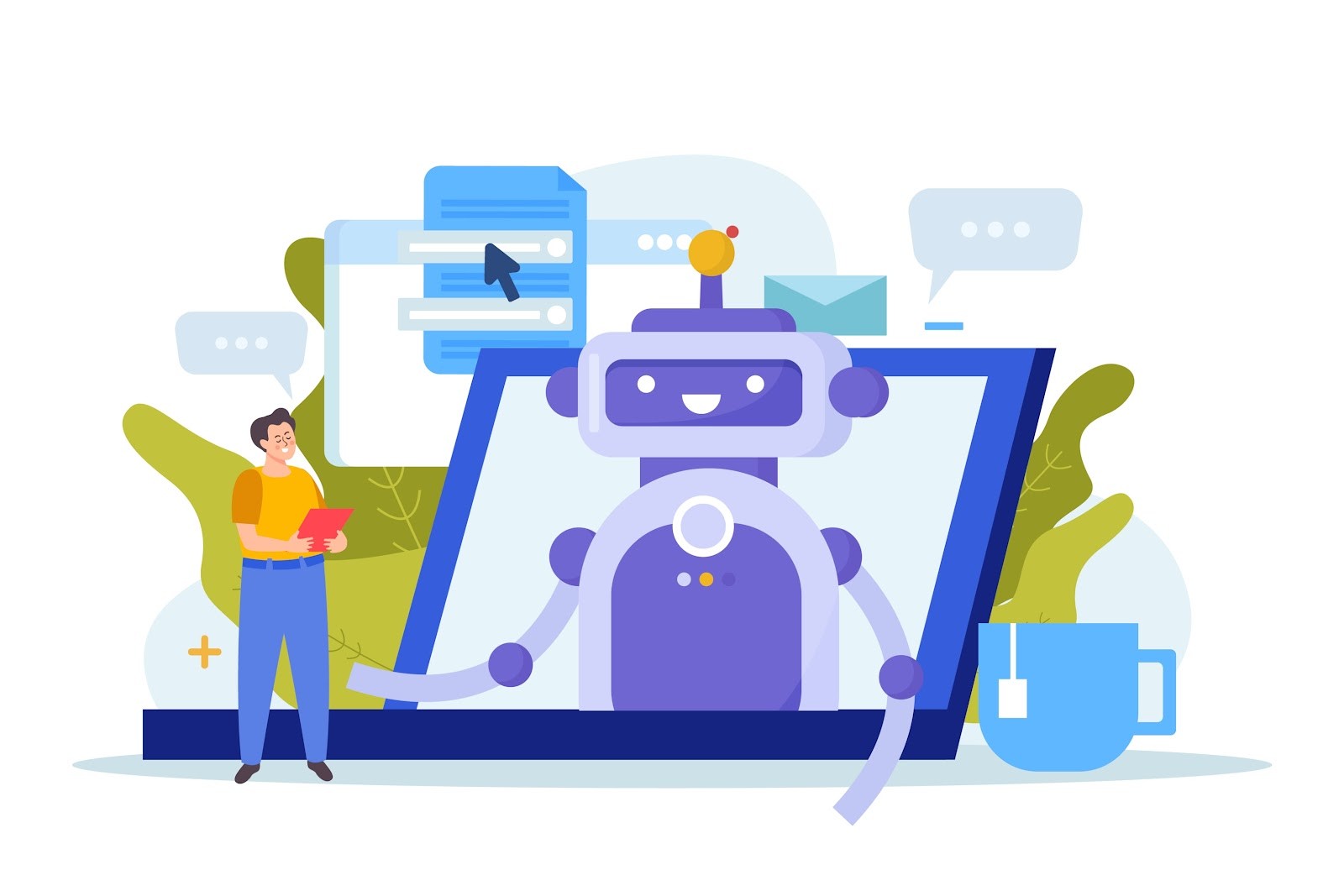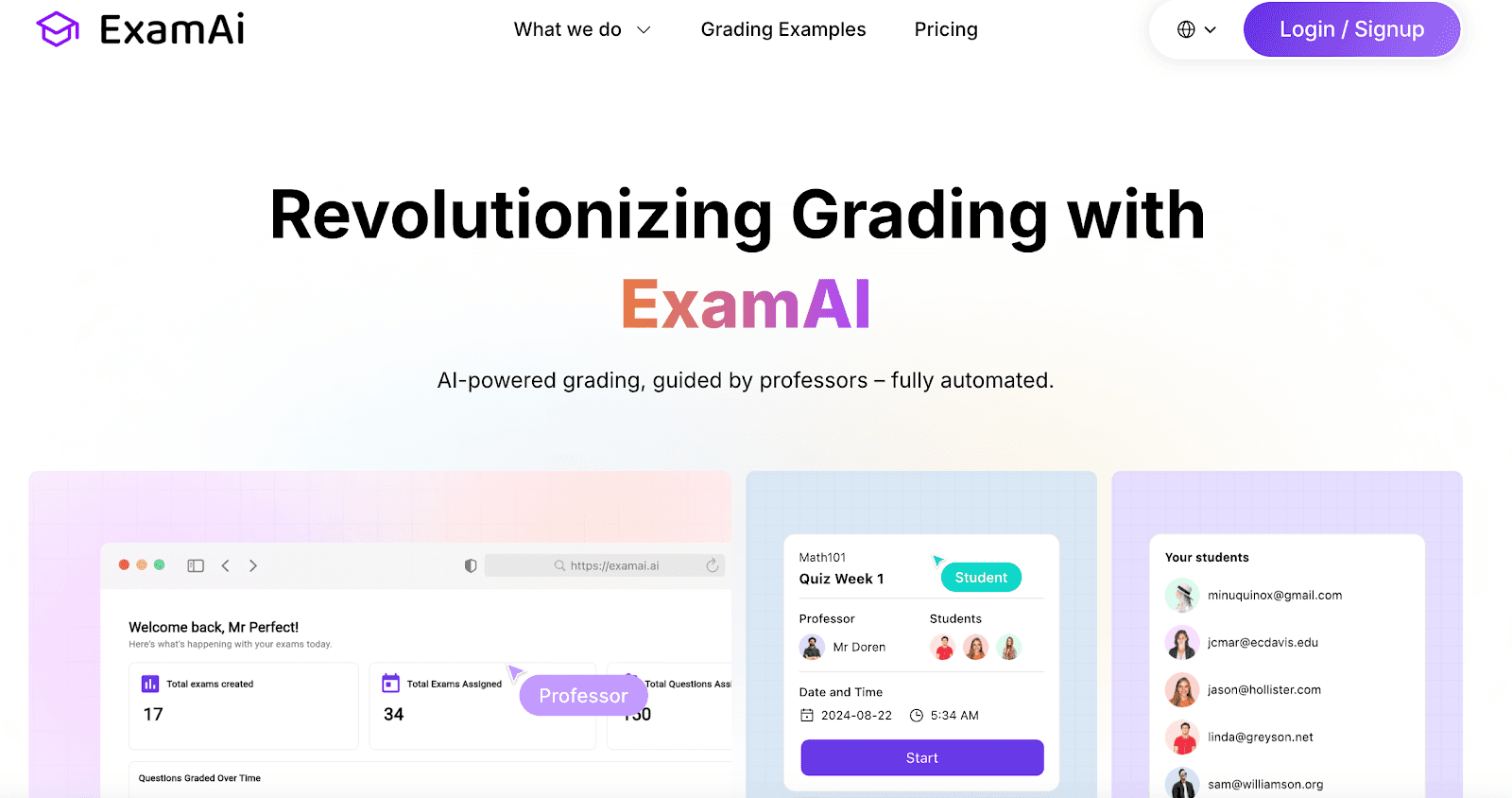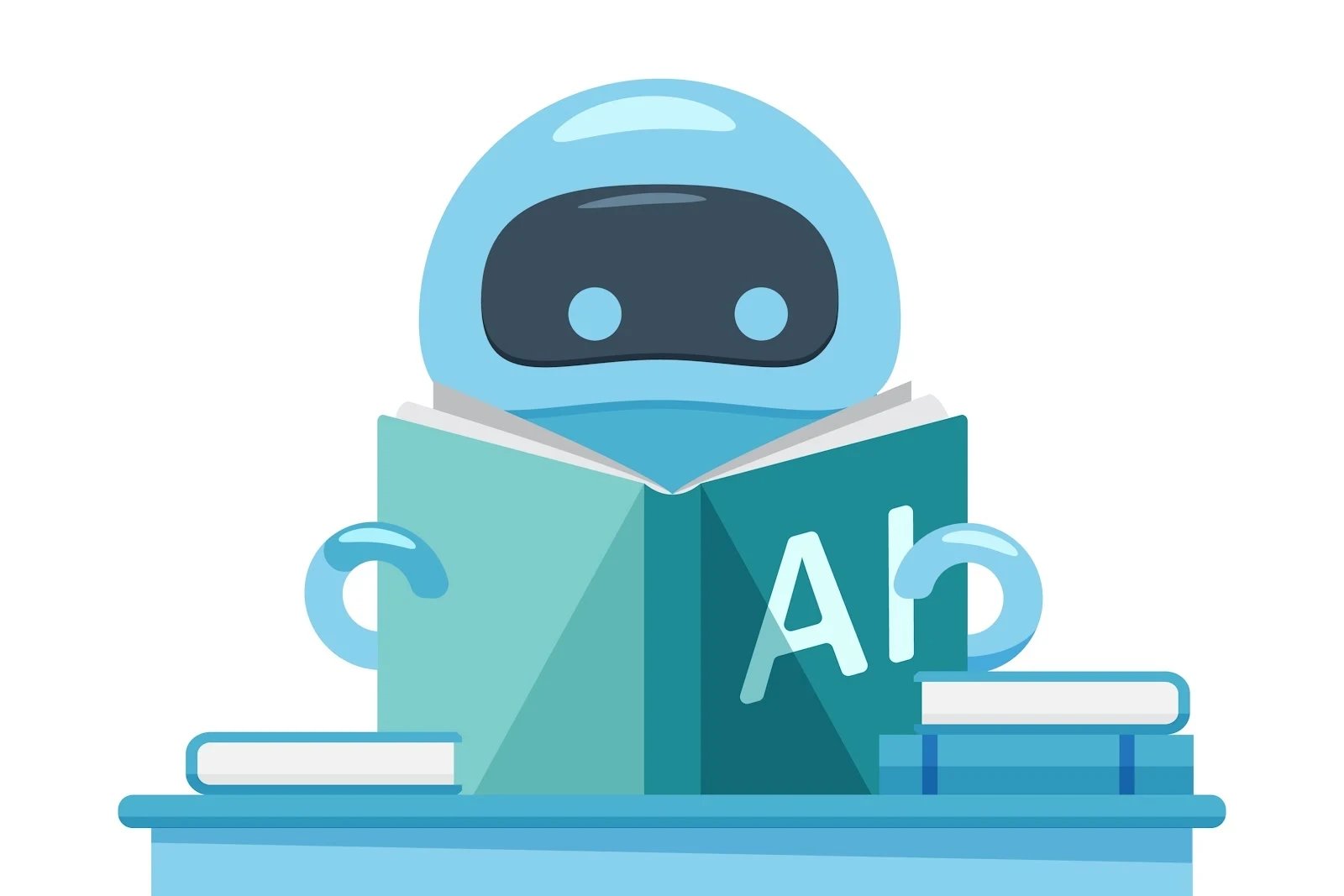Grading late at night? Answering the same student questions over and over? Struggling to keep every lesson engaging? If you’re a teacher, you know the workload never really ends.
AI is stepping in to change that. But does AI help teachers manage their workload? And what do students get out of it?
This article breaks down how AI for education tools help teachers save time and give students a better learning experience.
How AI in Education Works
AI, or artificial intelligence, is already transforming the education system. It does not replace educators; instead, it helps them save time, improve student engagement, and personalize learning.
Think of AI as an extra set of hands in the classroom. AI analyzes student work, tracks progress, and provides real-time feedback to improve learning. Generative AI creates personalized study materials, quizzes, and interactive assignments.
Schools already use AI in many ways, including:
Automated grading tools that check multiple-choice and written responses.
AI tutors help students with math, science, and language learning.
Smart learning platforms that adjust lessons based on student progress.
Chatbots that answer student questions anytime, reducing teacher workload.
By handling repetitive work, AI empowers educators to focus on teaching and guiding students instead of spending hours on routine tasks.
Benefits of AI for Teachers

AI analyzes student work, tracks progress, and provides real-time feedback to improve learning. Generative AI creates personalized study materials, quizzes, and interactive assignments.
Here is how AI systems support teachers:
Takes Over Repetitive Tasks
Teachers handle grading, lesson planning, and paperwork every day. AI takes care of administrative tasks, giving them more time to focus on students. AI-powered grading tools check multiple-choice and short-answer questions instantly.
Some AI tools like ExamAi grade exams and provide feedback based on set criteria. Instead of spending hours marking exams and assignments, teachers can spend that time supporting students who need extra help.
AI also simplifies attendance tracking and scheduling. Instead of logging participation manually, teachers use AI tools to record and organize student data automatically. These small changes help reduce the workload and create more time for meaningful instruction.
Helps Teachers Plan Lessons
Creating engaging lessons requires time and effort. AI suggests new tools and materials based on student performance and curriculum needs.
For example, if students struggle with fractions, AI recommends targeted practice problems. If an advanced group moves through material quickly, AI provides extension activities to challenge them.
Teachers still make the final decisions, but AI offers valuable insights that help them plan more effective lessons.
Gives Instant Insights on Student Progress
Artificial intelligence analyzes student work and provides immediate feedback, helping teachers adjust lessons based on real-time data.
AI identifies patterns that teachers might not see right away. If several students miss the same concept, AI flags it so the teacher can address it before moving forward. Instead of waiting for test results, teachers can intervene early and keep students on track.
Supports Teacher Growth
AI also helps teachers grow through professional development. AI-powered platforms suggest courses, workshops, and resources based on a teacher’s skills and areas for improvement.
Educators need AI literacy to use these tools effectively. Training programs help teachers understand how AI works and how to integrate it into their lessons.
As AI becomes more common in education, other stakeholders, including school administrators, also need to develop a basic understanding of its role in learning.
Prepares Teachers for the Future of Education
AI is not a passing trend. It’s a new technology that’s reshaping modern classrooms. Schools now introduce AI concepts in computer science courses, helping students develop critical thinking and problem-solving skills.
Teachers who understand AI can better prepare students for a workforce that increasingly relies on automation and intelligent systems.
While AI helps teachers manage their workload, it also enhances the student learning experience in several ways.
Benefits of AI for Students

Artificial intelligence reshapes the way students learn by making education more engaging, personalized, and accessible.
Provides Instant Feedback
Students usually wait days to get their assignments graded and feedback returned. AI speeds up the process by giving instant insights into mistakes.
AI-powered tutoring systems explain errors, offer alternative solutions, and suggest additional resources. Instead of repeating the same mistakes on future assignments, students correct misunderstandings in real time. Faster feedback helps them stay engaged and motivated to improve their academic performance.
Boosts Student Engagement
Students pay more attention when lessons feel interactive. AI learning platforms improve engagement by adapting content based on each student’s understanding.
Some programs use AI to personalize quizzes and assignments, making learning more relevant to each student. AI-driven simulations and interactive exercises turn lessons into engaging, hands-on experiences. Virtual assistants provide help outside of class so students can get answers whenever they need them.
These tools make learning more interactive and keep students engaged and motivated.
Supports Students With Learning Differences
AI creates more accessible learning environments by providing tools for students with diverse needs. Text-to-speech technology helps students with reading difficulties. Speech-to-text features assist those who struggle with writing, while AI-powered language translation breaks down barriers for non-native speakers.
Artificial intelligence helps students with disabilities learn more independently. Tools like screen readers, real-time captions, and adaptive assessments make learning more accessible. With these features, every student gets a fair chance to succeed.
Expands Access to Learning Anytime, Anywhere
AI-powered virtual tutors and chatbots provide 24/7 support so students can get help whenever they need it. Whether they are reviewing for an exam late at night or struggling with a homework problem, AI offers guidance without waiting for the next school day.
Many AI platforms also allow students to explore subjects outside the traditional curriculum. If a student wants to learn coding, a language, or advanced science topics, AI can recommend resources that match their interests.
Other than individual benefits for teachers and students, AI is already shaping education in real-world settings.
Make Teaching Easier With ExamAi

Teaching comes with a never-ending to-do list. Between grading, lesson planning, and keeping up with student progress, there is never enough time in the day.
One of the biggest challenges teachers face is grading and assessment. Giving students meaningful feedback takes time, but waiting days or weeks for grades can slow down learning. That is where ExamAi can help.
ExamAi simplifies grading, provides instant feedback, and delivers analytics to help teachers make data-driven decisions. Instead of spending hours on assessments, you can focus on student growth and engagement.
Try ExamAi and see how AI can make grading faster, easier, and more effective.
FAQs About AI for Education
How can AI be used for education?
AI helps teachers with grading, lesson planning, and tracking student progress. It also personalizes learning by adapting lessons to each student’s needs. AI-powered tutors provide instant feedback and extra support, while translation tools make education more accessible for non-native speakers.
What is the best AI for education?
The best AI tool depends on what educators need. ExamAi is ideal for automating grading, providing real-time analytics, and giving personalized feedback. Some AI tools assist with classroom organization or tutoring, but when it comes to efficient and accurate grading, ExamAi stands out as a reliable solution.
Is Google AI education free?
Google provides some free AI-powered education tools, like Google Classroom, but more advanced AI features may require a subscription.
How to use ChatGPT for education?
Teachers use ChatGPT to create lesson plans, design quizzes, and explain complex topics. It also helps students brainstorm essays and summarize reading materials. While ChatGPT assists with general tasks, ExamAi provides structured grading, detailed feedback, and performance insights, making it a better fit for assessments.
Meta description: Discover how AI for education can help you optimize your teaching methods and save time on repetitive tasks. Learn how ExamAi can help you out.


